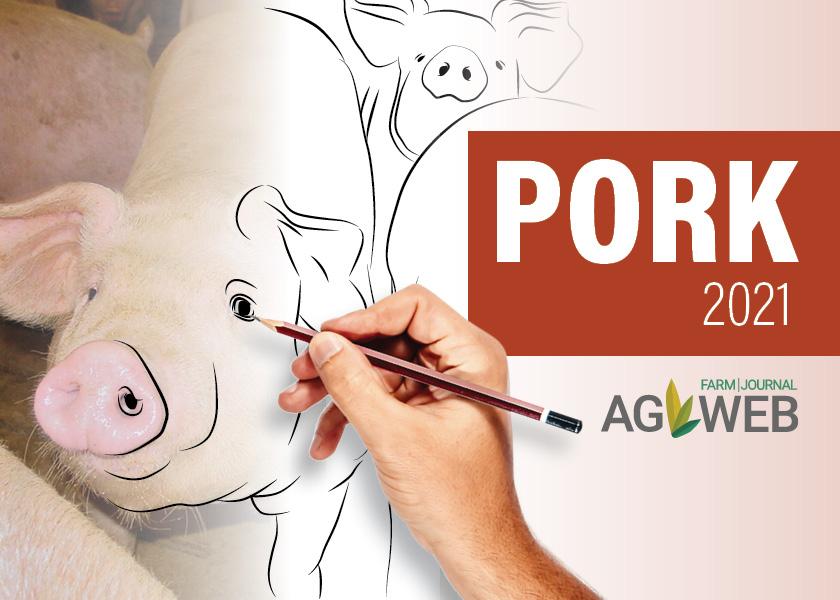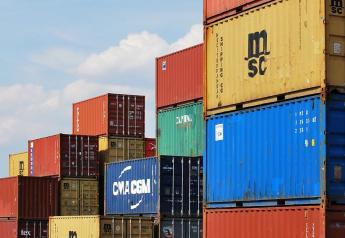Pork Exports Shatter Records in 2020, 2021 Could Still Be a Big Year

2020 was a banner year for pork exports. U.S. Meat Export Federation (USMEF) will release the final 2020 data early next week, but USMEF’s CEO says the data will confirm exports hit a record last year.
“2020 was by far a record year on pork exports,” says Dan Halstrom, president and CEO of USMEF. “We're going to be up to 14% or 15% for the year. Of course, one of the main storylines there is China.”
Halstrom is confident the data will show a record, because pork exports had already hit a new-high by November of last year. The monstrous appetite from China, a country decimated by African Swine Fever (ASF) is the main driver of such robust pork shipments in 2020.
“There were other markets as well that contributed,” he adds. “Japan is seeing a rebound. You have places like the Philippines and Vietnam that were strong, as well.”
While 2020 was historic for pork purchases, Halstrom says 2021 isn’t looking as bright for demand from places like China, but other countries seem to be stepping in to buy protein.
“As far as pork goes into 2021, we're forecasting more moderate growth of 2% to 3%,” he says. “We see growth really in all key markets; Mexico is probably set up for a big rebound post-COVID.”
Halstrom says even without China, USMEF thinks pork exports could still grow, just at a much more moderate pace.
“The difference is that our numbers for China are much smaller,” he says. “It'll still be a big year, but we're forecasting roughly 15% to 20% lower on the China exports simply because they're rebuilding their herds.”
Reports are now surfacing showing ASF could be rearing its head in China once again. Halstrom acknowledges that’s a wild card for Chinese demand this year.
“There's a lot of uncertainty around African Swine Fever there,” he says. “There have been attempts to repopulate. And I think there are a lot of examples where it has worked in China, other examples where it's not as well as where there have been re-breaks.”
Halstrom says the other thing that will be tested this year is at what degree pork consumption will rebound in China, and will it hit levels China saw before ASF hit.
“There are still a lot of question marks, but our best guess is that it'll still be a big year of exports, the second biggest behind 2020, but at a slower rate,” he says.
Related Stories:







